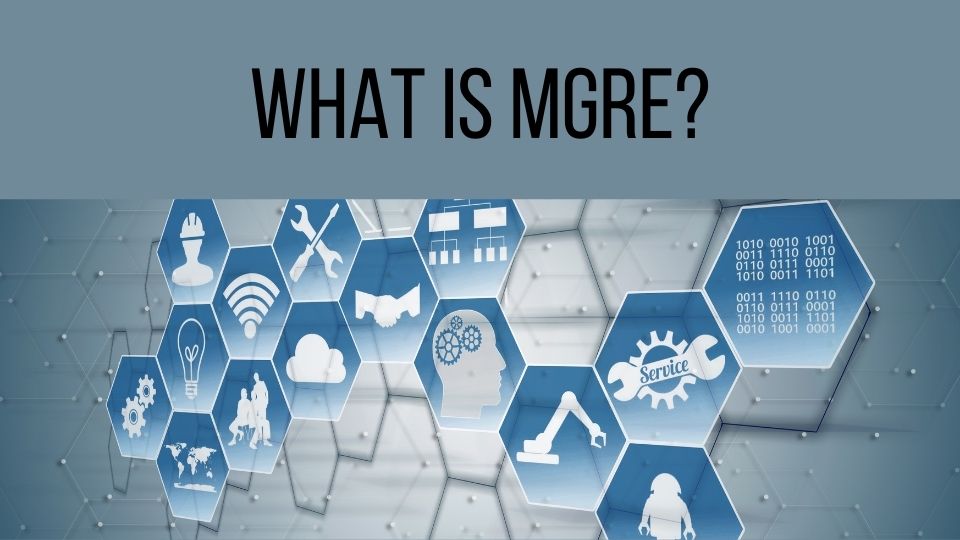In the evolving landscape of network design, the ability to efficiently connect and secure multiple network sites is paramount.
Multipoint Generic Routing Encapsulation (MGRE) emerges as a pivotal technology, offering a flexible and scalable solution to traditional networking challenges.
This beginner-friendly blog aims to demystify MGRE, exploring its fundamentals, operational advantages, and the critical role of the Next Hop Resolution Protocol (NHRP) in simplifying complex network configurations.
Why MGRE Matters?
MGRE stands out by enabling the dynamic connection of numerous network spokes to a central hub without the need for individual point-to-point tunnels. This not only simplifies the network architecture but also significantly enhances scalability and ease of management. Through real-world applications and practical insights, we'll delve into how MGRE facilitates secure, efficient data routing across expansive networks.
Navigating the MGRE Landscape
Throughout this guide, we'll explore essential topics, including the configuration of MGRE tunnels, the dynamic nature of NHRP, and practical considerations for deploying scalable network solutions. Whether you're new to networking or seeking to expand your expertise, this article promises a clear and concise journey into the world of MGRE.
Understanding the Basics of MGRE
The Essence of MGRE
Multipoint Generic Routing Encapsulation (MGRE) is an innovative networking technology designed to enhance the efficiency and scalability of network configurations. Unlike traditional GRE tunnels, which are limited to point-to-point connections, MGRE enables the establishment of a single, dynamic tunnel that can connect multiple network endpoints simultaneously. This capability is particularly beneficial for organizations with extensive networks, such as those spanning multiple geographical locations.
Operational Mechanics
MGRE operates by encapsulating various network layer protocols over a single GRE interface. This approach allows network traffic to traverse heterogeneous networks, including the internet, as if they were directly connected over a private network. By simplifying the network architecture, MGRE significantly reduces the complexity and overhead associated with managing a large number of point-to-point GRE tunnels.
Advantages Over Traditional GRE
- Scalability: MGRE's ability to support numerous connections through a single tunnel interface dramatically simplifies network topology and makes it easier to scale as the organization grows.
- Flexibility: Networks can dynamically adjust to changing connectivity requirements without the need for extensive reconfiguration.
- Efficiency: Reduces the administrative overhead associated with managing numerous point-to-point connections, leading to improved network management efficiency.

The Role of NHRP in MGRE Configurations
Introduction to NHRP
The Next Hop Resolution Protocol (NHRP) plays a pivotal role in MGRE configurations by enabling efficient data routing within a multipoint network. NHRP is akin to the Address Resolution Protocol (ARP) used in Ethernet networks but is designed for non-broadcast, multi-access (NBMA) environments. It facilitates the mapping of virtual private network (VPN) IP addresses to physical IP addresses, thus allowing data packets to find the most direct path to their destination.
Dynamic Nature of NHRP
NHRP enhances MGRE's dynamic capabilities by automating the registration process of network endpoints. This process enables spoke routers to communicate with a central hub without needing pre-configured IP mappings. As new spokes are added to the network, they register with the hub, which then dynamically updates its routing tables to include these new endpoints. This dynamic registration mechanism makes MGRE networks highly adaptable to changes and growth.
Practical Applications and Considerations
Use Cases for MGRE
MGRE is particularly useful in scenarios requiring scalable and flexible network architectures. It is a cornerstone technology in Dynamic Multipoint Virtual Private Networks (DMVPN), where it enables secure, efficient connectivity across distributed networks. MGRE's scalability and efficiency make it an ideal choice for businesses expanding their operations or those requiring a robust disaster recovery infrastructure.
Challenges and Solutions
While MGRE offers numerous benefits, deploying it in complex network environments can present challenges. These include ensuring compatibility with existing routing protocols, managing IP address mappings, and optimizing network paths for efficiency. Best practices for overcoming these challenges include thorough planning, leveraging dynamic NHRP mappings, and employing robust monitoring and management tools to ensure network performance and reliability.
Summary
As we conclude our exploration of Multipoint GRE (MGRE) and its integration with the Next Hop Resolution Protocol (NHRP), it's clear that these technologies represent a significant leap forward in the design and management of complex network infrastructures. MGRE stands out not just as a tool for enhancing network scalability and flexibility, but also as a beacon guiding us towards a future where network management is more dynamic, efficient, and adaptable to change.
The journey through MGRE's operational mechanics, the pivotal role of NHRP, practical deployment considerations, and real-world applications underscores the potential of MGRE to transform traditional network topologies. By enabling a dynamic, scalable approach to network connectivity, MGRE addresses the core challenges of modern networking - from simplifying management overhead to facilitating direct, efficient data pathways across geographically dispersed nodes.
The significance of MGRE extends beyond its technical capabilities; it is a testament to the evolving landscape of network engineering, where the need for robust, scalable, and flexible networking solutions has never been more critical. As businesses continue to expand and the demand for secure, reliable connectivity grows, MGRE and NHRP offer a roadmap for navigating these complexities, ensuring networks are not just capable of meeting today's demands but are also poised for tomorrow's challenges.
For professionals keen on mastering MGRE and its applications, the self-paced VPN training course offers in-depth insights and practical skills to navigate the complexities of modern network environments effectively.


